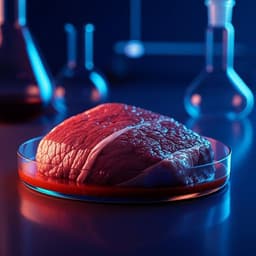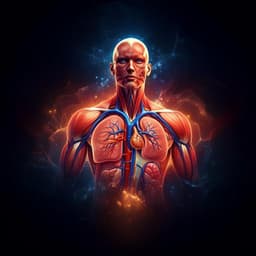
Food Science and Technology
Cultured meat platform developed through the structuring of edible microcarrier-derived microtissues with oleogel-based fat substitute
F. Yen, J. Glusac, et al.
Discover a groundbreaking cultured meat platform developed by Feng-Chun Yen and colleagues that utilizes edible microcarriers and an innovative oleogel-based fat substitute. This research showcases two unique prototypes catering to diverse culinary experiences, heralding a new era in the commercial production of meat alternatives.
Playback language: English
Related Publications
Explore these studies to deepen your understanding of the subject.







